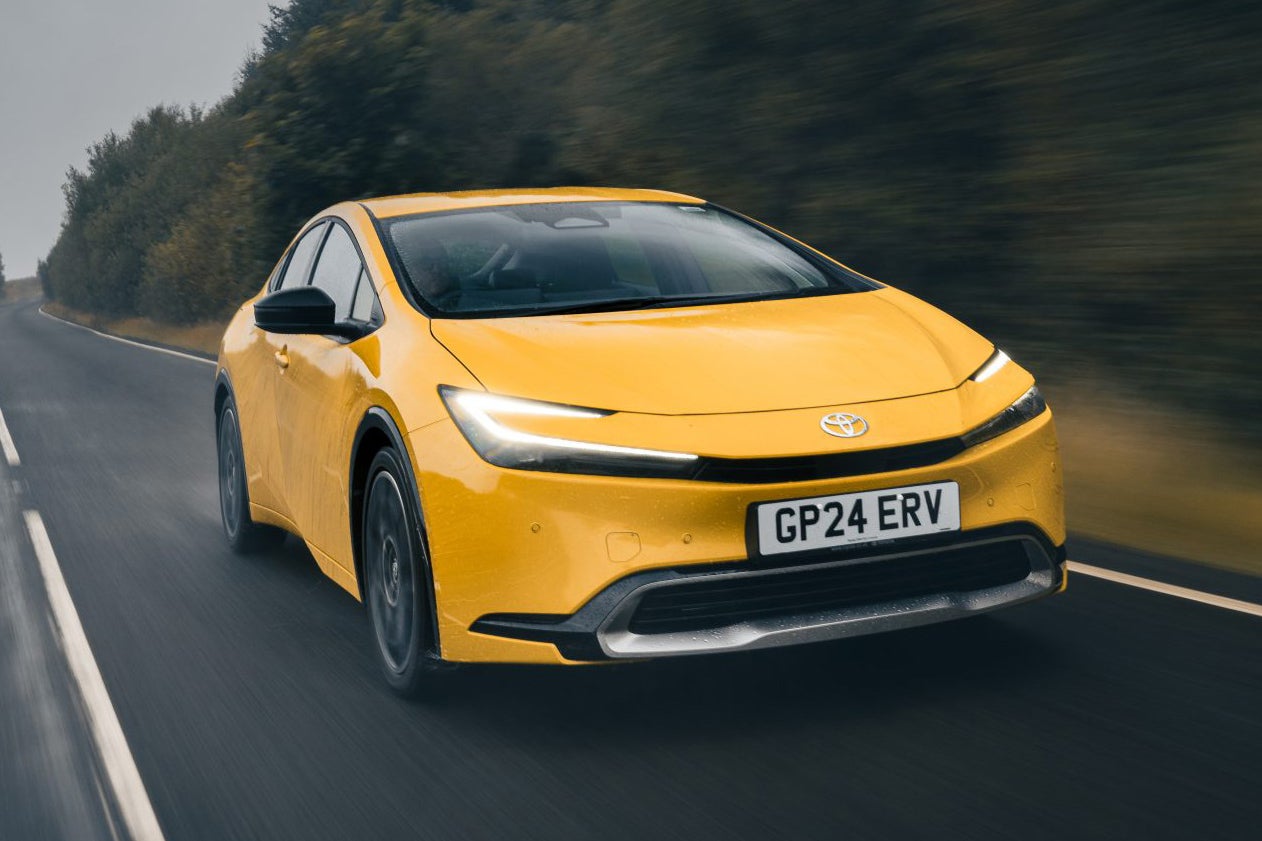
If you're looking to buy a car, the chances are that you’ll have seen WLTP figures somewhere in the small print.
In short, the WLTP is a testing procedure used to measure the fuel economy and CO2 (carbon dioxide) emissions of a vehicle.
The test is much more accurate than the previous one (called NEDC, or New European Driving Cycle). With road tax currently based on CO2 emissions, the result will affect how much tax you pay, too.
Years ago, pollutants were an afterthought to performance when it came to developing and building cars. These days, however, legislation has changed to put cleanliness and economy far more at the forefront - with higher-polluting vehicles being hit with higher road tax bills and banned from some city centres - and so the industry mindset has evolved at the same time.
Enter, a more realistic test that would be more accurate and more reliable to test new cars emissions levels. Thus, the WLTP was born.
What does WLTP stand for?
WLTP stands for Worldwide Harmonised Light Vehicle Test Procedure and is the name for the standardised test that decides fuel efficiency ratings for all petrol, diesel, electric and hybrid cars. It isn't snappy, but let's be thankful it isn't WHLVTP. What a mouthful that would be. Regardless, it's a good thing. In fact, WLTP is one of the most tangible changes made to legislation since the Volkswagen emissions scandal broke.
What is the WLTP?
The WLTP provides the official economy figures for new cars, which manufacturers use in their brochures and online.
WLTP became mandatory from 1 September 2018 for measuring CO2 emissions and fuel economy on all new cars in the EU. In the UK, WLTP fuel economy values were introduced from 1 January 2019, but CO2 figures were not disclosed until 1 April 2020 to tally with changes in taxation. In 2017, the WLTP replaced the former NEDC, which was outdated and inaccurate. The NEDC had been in play since the 1980s and shouldered a fair amount of criticism for being unreliable before it was usurped.
How do the new WLTP figures compare with the old NEDC ones?
WLTP figures for a car's economy are generally lower - worse, in other words - than they were under the previous NEDC test because the WLTP is more realistic. Instead of relying on laboratory tests alone, the new procedure adds in an element of real-world testing. After all, if you're looking to achieve a testing procedure that's more representative of what you'll actually get in the real world, shouldn't it be based - at least in part - on real-world driving scenarios?
Why should I care?
The purpose of WLTP was to provide better data and improve consumer confidence, not only in demonstrating transparency – a crucial step to take after owners and buyers felt fleeced by emissions scams – but also to help customers' buying decisions.
What about electric vehicles and plug-in hybrids?
WLTP introduced a new way of testing PHEVs (plug-in hybrid vehicles) due to their complex nature. Plug-in hybrids have to do the test several times, for example, starting with a fully charged battery and repeating the test until it's depleted. Another test is done with a completely flat battery to give a much more accurate idea of the economy drivers can expect. At the end of those tests, the smartypants that calculate WLTP figures then work out the official emissions and economy figures depending on the car's electric range.
How does the WLTP test work?
The WLTP test procedure looks much like the NEDC process, carried out on a rolling road in laboratory conditions. However, WLTP is longer (30 minutes, compared to 20 minutes) and the temperature is set at 23C. There are also five driving cycles with sharper acceleration and deceleration, and higher average and maximum speeds to reflect modern-day driving like traffic, different speed limits and different road terrains.
The Real Driving Emissions (RDE) part of the procedure is a 1.5- to 2-hour test (over around 50 miles) that has an equal split of urban, rural and motorway routes. Essentially, it’s a validation exercise for WLTP results.
Why should we trust the WLTP fuel economy figures more?
It's very important to highlight that while WLTP testing is more accurate than NEDC testing, it's still not representative of what you'll actually get in the real world. That's because replicating and standardising every single one of all the different factors at play during real-world driving is pretty much impossible. So, like NEDC before it, WLTP figures should only be used as a level playing field by which all cars are judged and compared, rather than a cast-iron expectation of the fuel consumption you'll get day-to-day.
However, despite WLTP testing still being measured in a lab, the test is much more complex and realistic than the previous NEDC. Firstly, the WLTP includes higher speeds, longer distances and more dynamic driving - with a greater spread of engine load, gears used and temperatures - to make it more like real-world driving.
Secondly, the WLTP utilises an element of actual on-road testing by fitting monitoring gear to a car's exhausts to measure the pollutants. Portable Emissions Measurement System (PEMS), as seen above, will be used to keep an eye on tailpipe emissions of harmful pollutants, which must stay below a specific limit.
The WLTP is more accurate when it comes to real-world economy figures because it's longer, more complex and more dynamic than the previous NEDC. The NEDC saw small updates over time, but it was created in the 80s and - just like walkmans, frosted tips and shoulder pads - the NEDC has had its day.
Think of the NEDC as testing a leisurely trip around the corner to the local shops, while the WLTP takes into account your commute, a weekend trip up the motorway to see the grandparents, Sunday traffic, speeding up, slowing down, overtaking cyclists, multi-storey car parks, and swerving to avoid the neighbourhood cat.
The WLTP cycle is divided into four parts with different average speeds: low, medium, high and extra high. Each part contains a variety of driving phases, like braking and acceleration. Each powertrain configuration (engine, transmission and drivetrain) is tested with WLTP, meaning that, for example, Audi A1 models with different engines will get different results.
More car features explained
With lots of abbreviations and tech to get your head around, our expert guides explain all.




